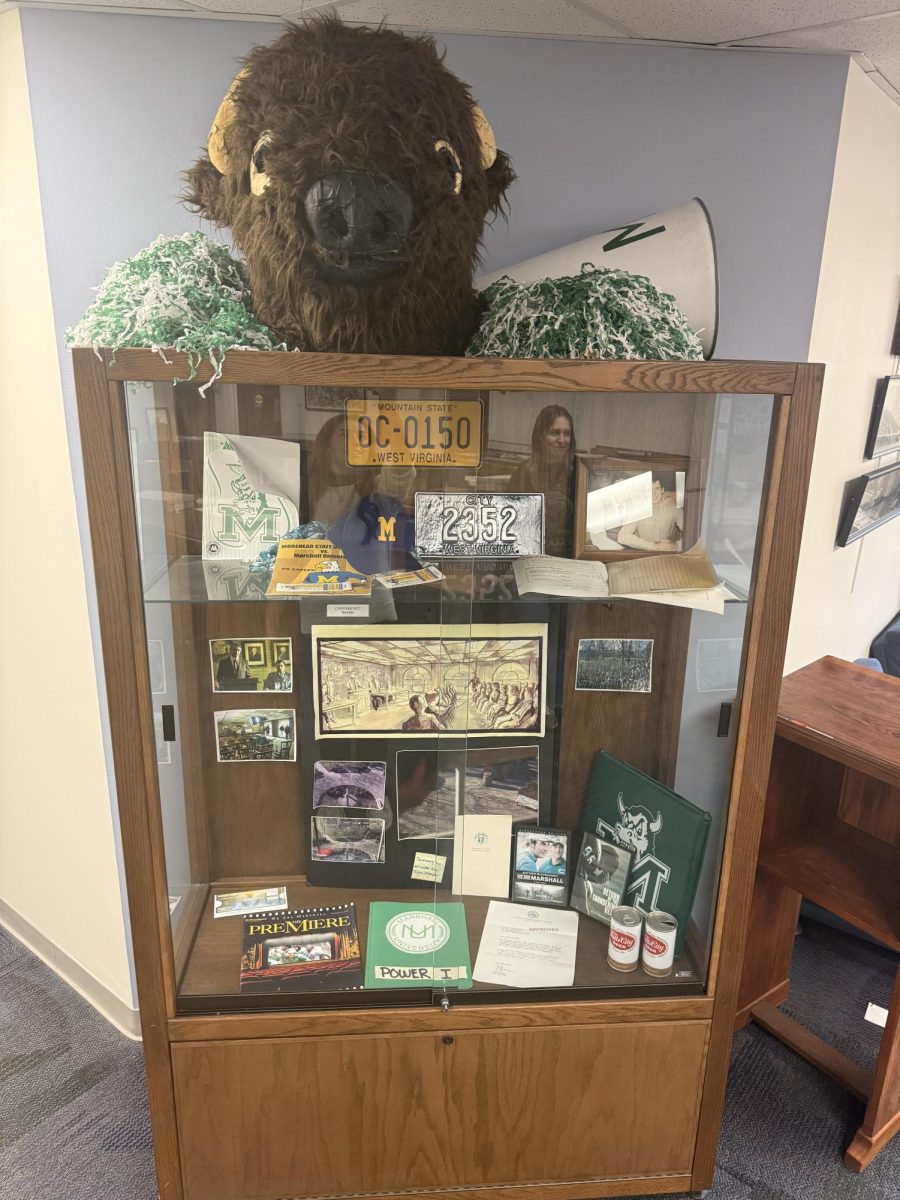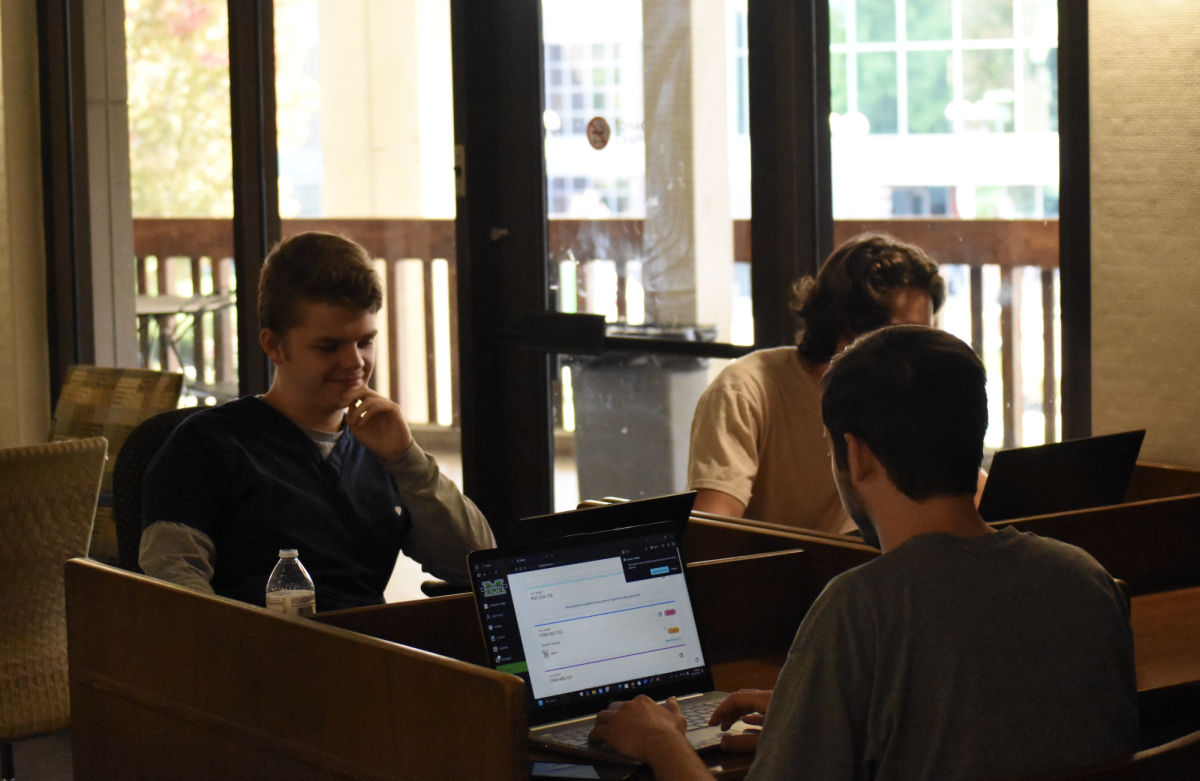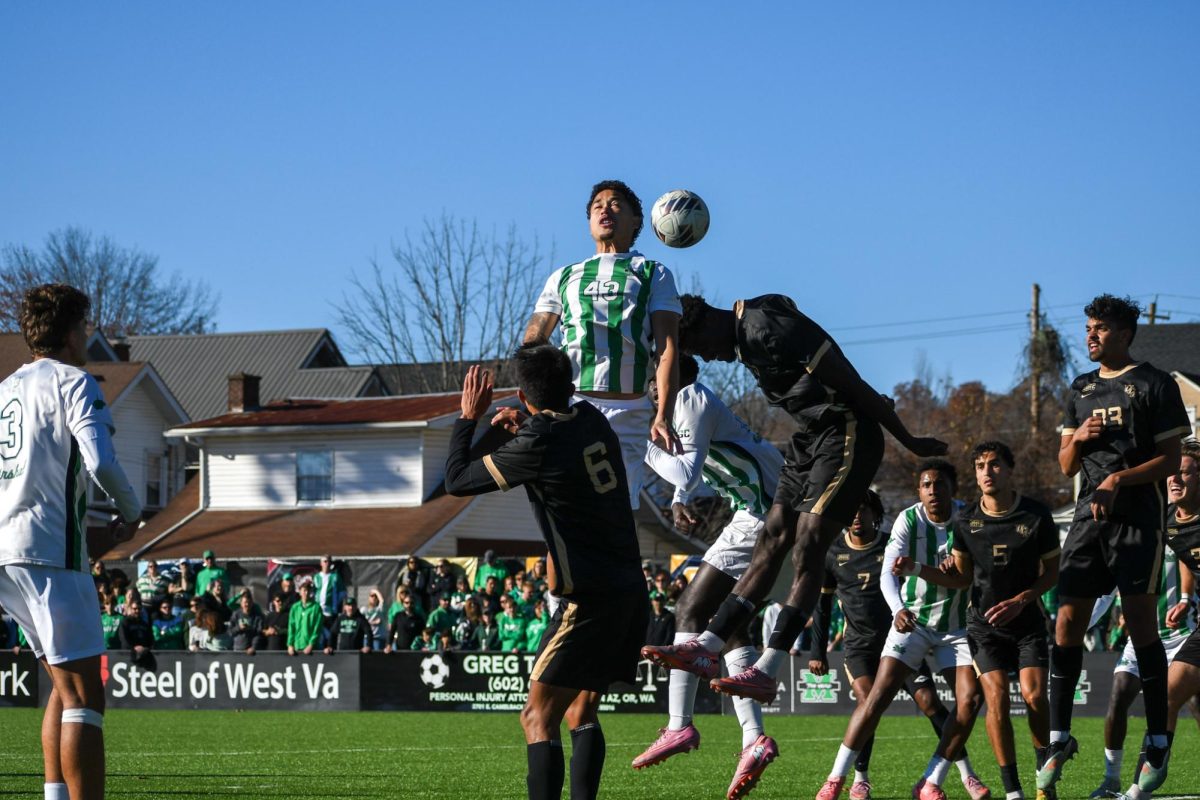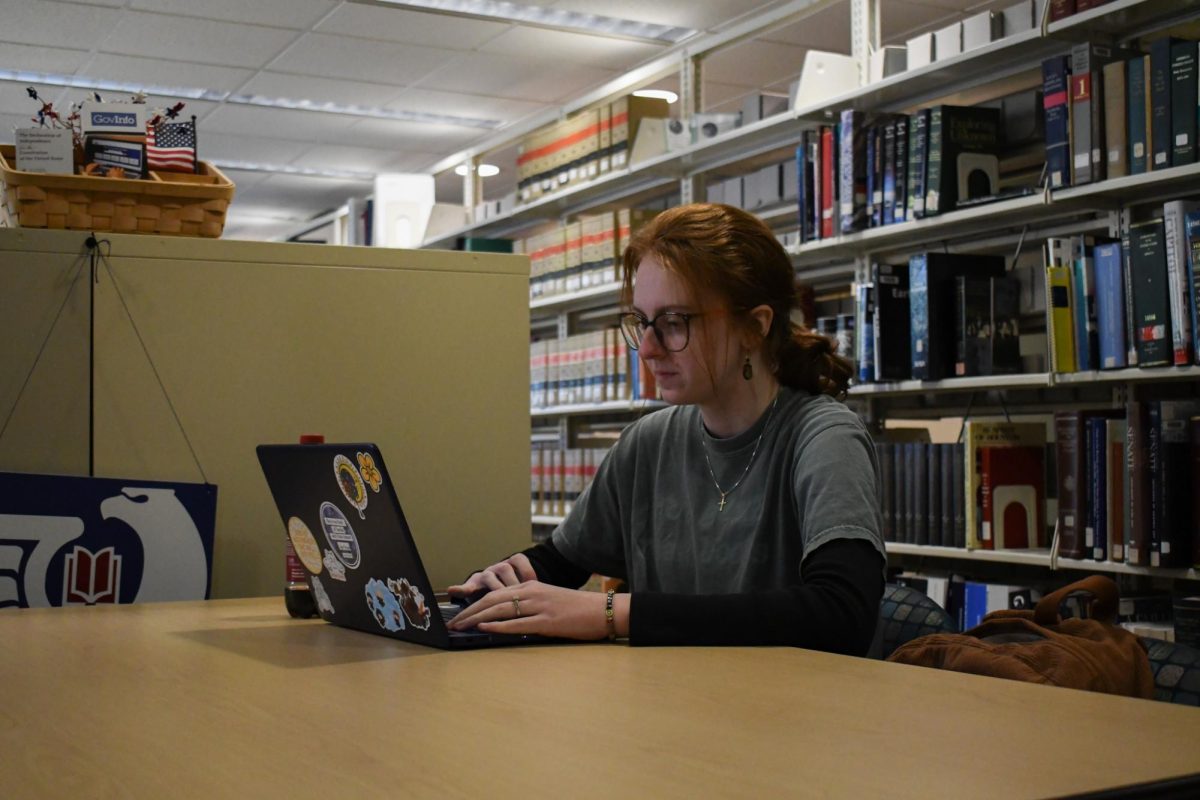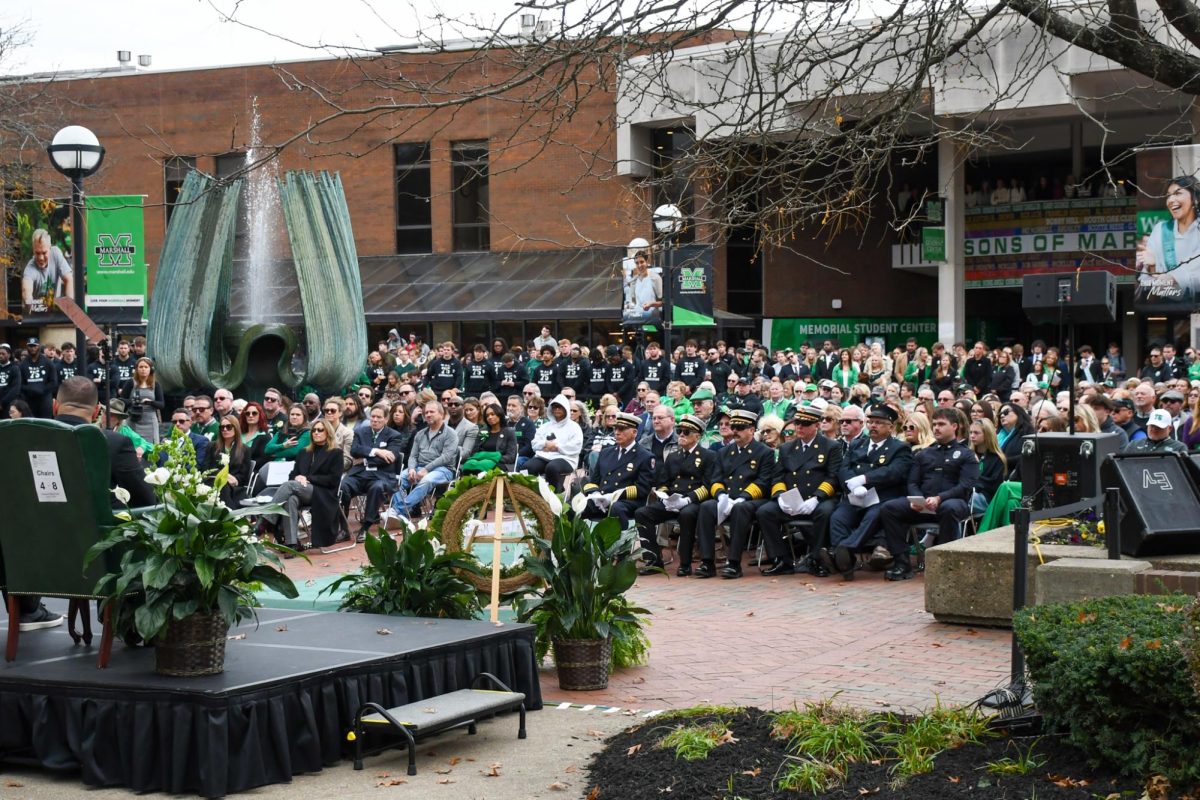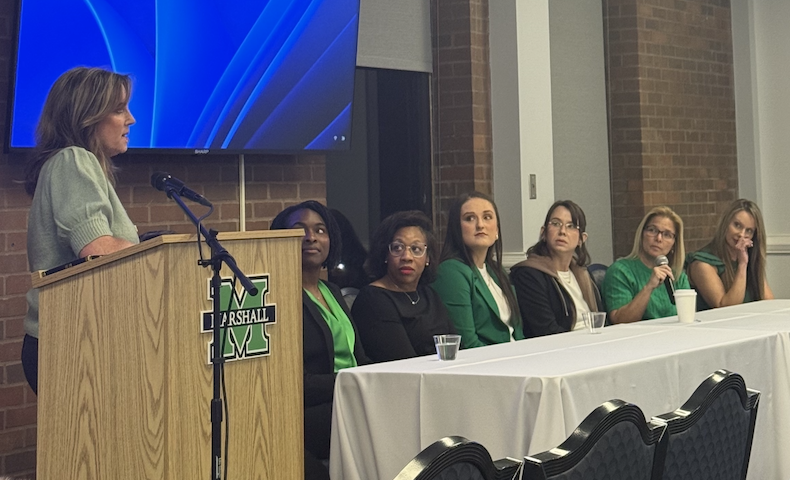READ IN SPANISH: Marshall Connects With Madrid
April 27, 2022
Spanish students at Marshall and English students in Spain can communicate now through a new exchange program to improve both their linguistic skills.
“The exchange of languages serves to gain security and confidence in a student’s linguistic abilities” according to Marisol Yago-Toledano.
Yago-Toledano teaches Spanish at Marshall and coordinated the exchange with Arancha Ruiz-Martín, a professor of English at la Escuela Oficial de Idiomas (EOI) or the Official School of Languages in Madrid, Spain. The two established the program to offer an optional opportunity for students “to practice Spanish outside of an academic context,” Yago-Toledano said.
Yago Toledano also said that she and Ruiz-Martín contacted their students about the exchange through emails. Perin Schray, a Spanish IV student at Marshall, found out about the program through these emails.
“I want to do this program,” Schray said, “because it’s a good opportunity to speak with other people who can speak Spanish fluently because I can’t speak fluently yet.”
Also, Schray mentioned that the exchange helped him to learn more about Spanish culture. It interests him greatly to communicate with different people that come from different backgrounds.
The exchange began at the start of March, but Schray has already learned some differences between Spanish culture and the culture of the United States.
“[There are] different times for eating,” Schray said. “It’s interesting because they eat very early and very late… And they want to spend time at night, like very late in the day.”
On the other side of the exchange and the world, Diego Vialas Muñoz—an English student at the EOI—has also already benefited from the program.
While describing the experience, Muñoz said, “While talking, I had gotten lucky because [my partner’s] accent is that of a typical American, so I do not have many problems understand my partner in the exchange. Another difference that caught my attention was that the U.S. does not use WhatsApp, compared to here in Spain where everyone uses it.”
According to Muñoz and Schray, the participants of the program use various methods of communication: Muñoz uses WhatsApp and Discord while Schray uses Instagram and Microsoft Teams.
Additionally, both are already taking advantage of Yago-Toledano and Ruiz-Martín’s intention for the exchange.
“Well, primarily it helps me think every day in English, something that I had not done before,” Muñoz said. “Also, [it helps me] practice my pronunciation of the language.”
“I use the wrong words-like, really bad. It’s not correct,” Schray said. “The phrases I use are incorrect too. But [my partner] can understand me, but it’s not perfect. Following this, she [tell me] what is incorrect and what is correct.”
Also, Muñoz and Schray said that they would recommend the program to others.
“Yes, I would recommend it,” Muñoz said. “I believe it is another form of learning English. Better than a textbook. Also you are in contact with a native, which is the purest way there is.”
“Of course,” Schray said immediately when asked if he would recommend the program. “It is a good program. It’s fun, incredible.”
However, for students who are nervous to speak with a stranger in a different country, Yago-Toledano said this:
“I would tell [those students] to be confident in themselves,” Yago-Toledano said, “to not be scared, that being nervous is normal. I would insist upon the idea that to be wrong is to learn. To know new people means significant personal growth. To get cultural and linguistic codes wrong is, for one part, part of learning and for the other part, part of the integration into a new country and its culture.”


